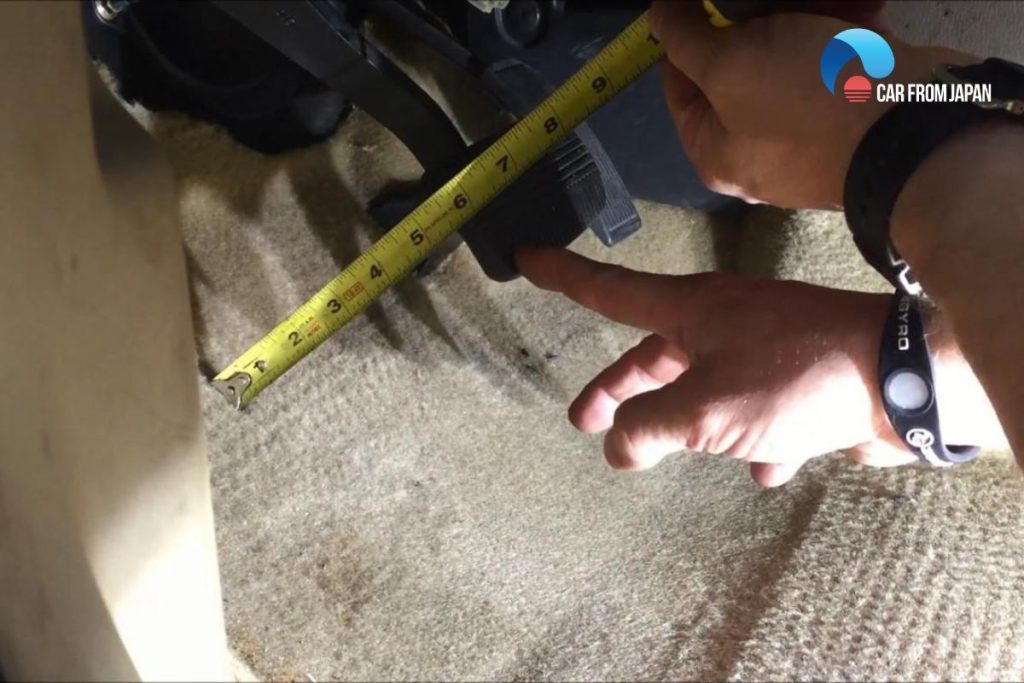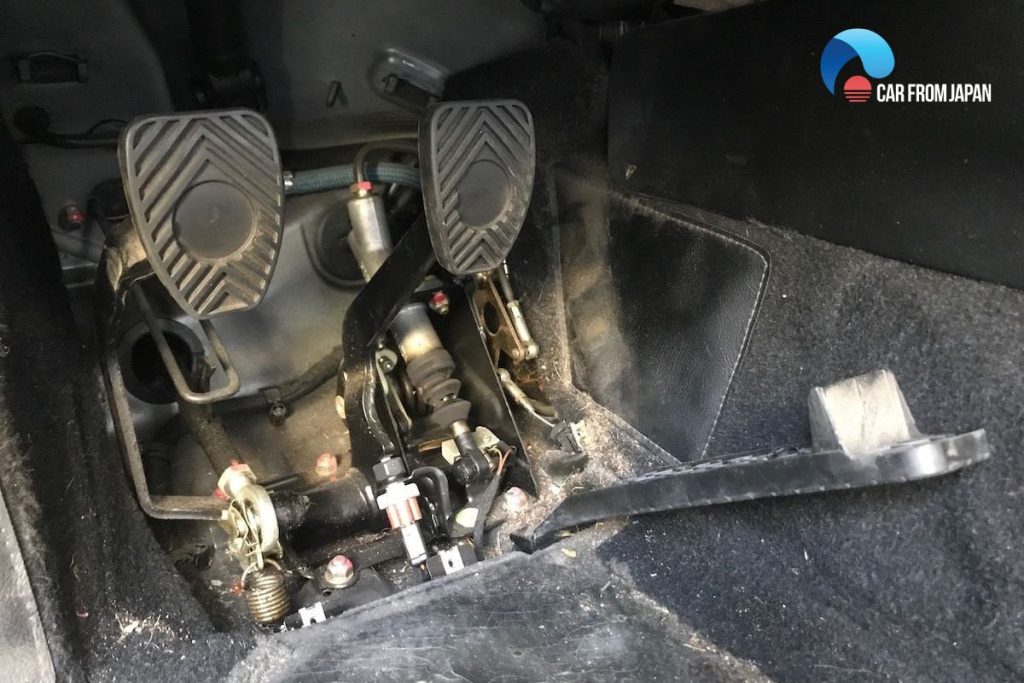Brake pedal height adjustment in a car may seem like a daunting task, but with the right tools and a little know-how, it’s a breeze. We will walk you through how to adjust the height and why it is necessary to correct it.
We’ll also provide some helpful tips to make the process go as smoothly as possible. So whether you’re experienced with technical know-how or just doing this for the first time, read on.
Contents
- Why Is Brake Pedal Height Adjustment Necessary?
- How To Adjust The Brake Pedal Height in a Car?
- Types of Brake Pedal Height Adjustment Mechanisms
- FAQs on Brake Pedal Height Adjustment
- Is adjusting the brake pedal height different in manual vs. automatic cars?
- Can brake pedal height affect how quickly brake lights come on?
- What’s the risk of having the brake pedal too low?
- Can brake pedal height be adjusted electronically in modern cars?
- Can changing the brake pedal height void my warranty?
- Conclusion
Why Is Brake Pedal Height Adjustment Necessary?
Isn’t it quite obvious? Without a fully functional brake pedal, driving a car is highly risky. A brake pedal with incorrect height will produce a quicker or slower response, which is quite dangerous.
As the driver, you should have complete control over the brake pedal. Otherwise, the car doesn’t stop as quickly as you’d like it to.
When the brakes are adjusted too high, they drag on the ground when you press down hard enough. Adjusting the height lower than the correct level will make the pedal feel mushy.
Incorrect adjustments can cause accidents because drivers aren’t anticipating that their brakes won’t work as quickly.
It’s also possible that your car will skid out of control when coming around corners at high speeds due to this lack of responsiveness from their brakes.

How To Adjust The Brake Pedal Height in a Car?
If you’re not sure how much play there should be in the brake pedal or what the maximum height should be, it’s best to leave this job to a professional.
That said, here are general steps on how to adjust brake pedal height.
Step 1: Park and prepare
Park your car on a level surface and make sure that it’s in neutral.
Step 2: Locate pushrod
Locate the brake pedal pushrod. It’s a threaded rod that connects to the brake pedal arm. You will see it coming out of a casing on the car’s front wall.
Step 3: Loosen lock nuts
Loosen up (but don’t remove) the lock nuts by using a wrench or socket wrench set. These should be located at both ends of the pushrod.
Make sure that the pushrod does not turn or move when doing this. If it does, you should always return it to its primary position.
Step 4: Adjust pushrod
Twist the pushrod with pliers clockwise or counterclockwise to increase or decrease the brake pedal height.
Then, tighten the bolts back up. You should now have a bit of play in your brake pedal.
Step 5: Fine-tune adjustment
If the adjustment is too high or low, loosen up the bolts and move the pushrod up or down as needed before retightening them.
See More: A Guide to Adjusting The Hood Height
What to look for after the process
- The pushrod should be parallel to the ground – if it’s not, you’ll need to adjust it accordingly.
- Make sure that there’s a slight amount of play in the brake pedal so that you can apply pressure without having to slam on the brakes.

Types of Brake Pedal Height Adjustment Mechanisms
Not all cars adjust brake pedals the same way. Older cars often use a simple pushrod you can adjust yourself. But newer cars are getting more complex. Some have automatic systems that adjust themselves as the brake pads wear down.
So, don’t try to adjust anything yourself on a newer car unless you know for sure it has a manual adjustment and you know how it works. Check your owner’s manual—it’s your best friend!
Besides those self-adjusting systems, some cars have other ways to change the pedal height. They might use special bolts or nuts on the pedal or even more complicated setups connected to the brake booster. Each car is a little different.
Trying to adjust things without knowing how your specific car works can mess up your brakes, which is obviously not good.
Finally, some cars need special tools or computer programs to adjust the brakes correctly. This is especially true with newer cars that have electronic safety systems.
If you’re not sure what you’re doing, or if you don’t have the right tools, it’s always best to take your car to a mechanic. They’ll know how to do it right and keep your brakes working safely.
FAQs on Brake Pedal Height Adjustment
Is adjusting the brake pedal height different in manual vs. automatic cars?
Yes. Manual cars often require more precise alignment between brake and clutch pedals, especially for performance driving.
In automatics, the adjustment is more about comfort and proper braking ergonomics.
Can brake pedal height affect how quickly brake lights come on?
Absolutely. The brake light switch is usually positioned behind the pedal.
Changing pedal height without re-adjusting the switch can delay or even disable brake light activation.
What’s the risk of having the brake pedal too low?
If it’s too low, your foot might not apply enough pressure quickly, increasing stopping distance. It can also feel “mushy,” making you second-guess your brake performance.
Can brake pedal height be adjusted electronically in modern cars?
Some high-end vehicles do offer electronic or memory-adjustable pedals. These systems store preferred pedal positions and adjust them along with the seat and steering wheel.
Can changing the brake pedal height void my warranty?
In some cases, yes, especially if the modification leads to brake system malfunction.
Always check your warranty terms before making mechanical changes to OEM settings.
Check out this video from Unforgotten Tech to learn more about measuring Brake Pedal height!
Conclusion
Adjusting brake pedal height is not as difficult as it may seem. But amateurs may still feel overwhelmed.
If you’re unsure, consult with a professional mechanic before attempting this on your own.
For more insightful Car maintenance tips, follow Car From Japan!



